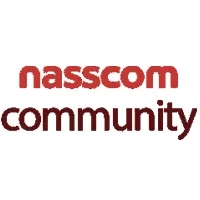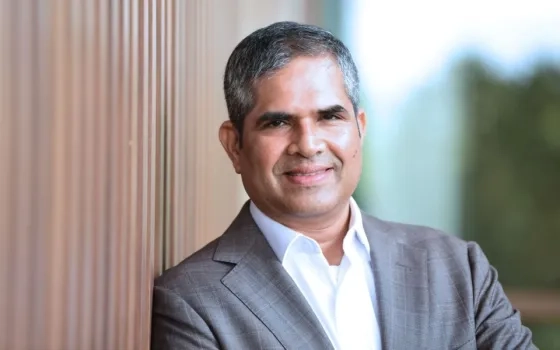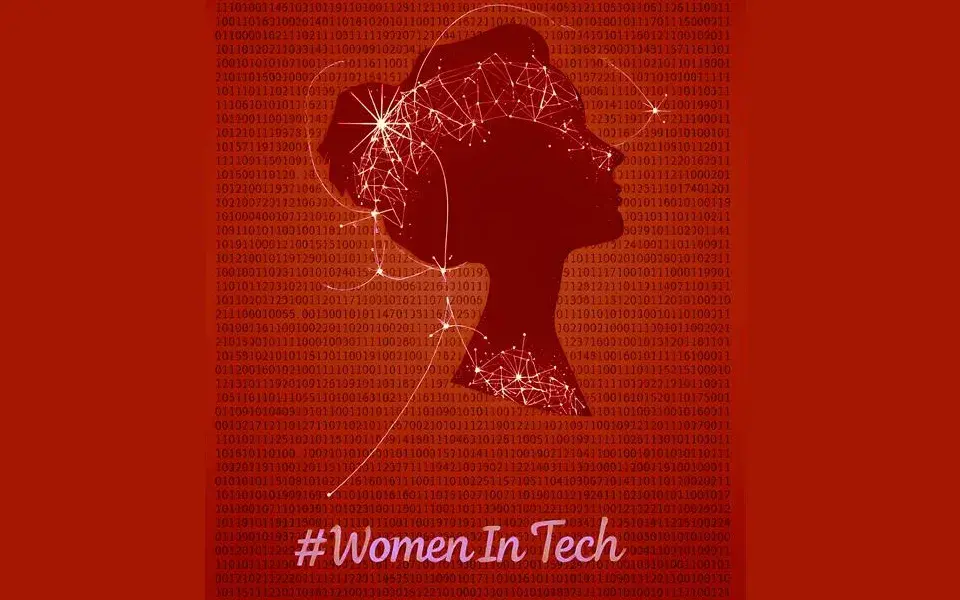“Truly diverse organizations, where diversity is not just a tick-in-the-box, ensure that efforts at diversity don’t end with the hiring of diverse people. They spend continuous effort, energy and resources to make diverse members included" - Global Diversity, Equity, Inclusion and Ethics Leader at EY Global Delivery Services
- How is the concept of diversity evolving?
The conversation around diversity in most organizations in India and globally has evolved over the years. What started with a focus on gender diversity in its simplest form has now gradually moved on to other dimensions of diversity such as disability, religion, race, color, LGBT+ and so on. Most organizations now understand that diversity goes beyond visible differences and includes traits such as introversion.
Other welcome steps around diversity in the recent past include public reporting of diversity goals and targets and bringing in more accountability. Organizations have also started thinking of diversity at leadership levels even though achieving adequate representation at that level remains a bigger challenge.
Unfortunately, however, a large chunk of professionals and leaders from diverse groups feel isolated and detached. They are part of their teams but feel a sense of unease. They feel less heard in meetings, and their ideas are often ignored or taken lightly. They are also exposed to backhanded remarks or sarcasm. They are not provided facilities, infrastructure or a sensitive culture that accommodates their diversity.
Most of these diverse members choose to remain silent about the unfair or unequal treatment due to a sense of insecurity; however, increasingly, they choose to migrate to companies that offer a better culture and a more authentic version of diversity.
- What is a more authentic version of diversity?
“Diversity starts to become authentic when each member of the diverse group feels included and is given equitable treatment. It is being realized that for (d)iversity to be meaningful, it must be integrated with (e)quity and (i)nclusion – a concept that we refer to as DE&I. According to the EY Global Executive DE&I statement -
“Diversity is about differences. At EY, we think about differences broadly, across a wide range of dimensions, such as nationality, language, education, gender and gender identity/expression, sexual orientation, generation, age, socioeconomic background, religious background, abilities and disabilities, as well as identity dimensions defined and constructed by some societies in ethnic, color, cultural or racial terms. There are also differences in working and thinking styles, experiences, career paths, technical skills, geography, service line, sector and function.
Equity is about recognizing that everyone has different starting points and different needs. Based on their backgrounds and identities, everyone faces different structural and systemic advantages and disadvantages that impact access to resources, perception and evaluation, and sense of belonging in and out of the workplace. At EY, we have a specific commitment to advancing social equity. This includes working to remove barriers that impede equal outcomes across different backgrounds and identities — and proactively, continually addressing environments that do not support an inclusive experience for everyone. EY is committed to providing the tools, resources and environment all EY professionals need to succeed and build meaningful careers.
Inclusiveness is about leveraging our differences, where everyone experiences a sense of belonging and feels safe to surface many aspects of who they are and bring forward their perspectives and ideas.”
It creates an environment where everyone feels valued, brings their differences to work each day and contributes to their personal best in every encounter. Teaming and leading inclusively helps others experience psychological safety and trust, which leads to a feeling of belonging. A strong sense of belonging can lead to better collaboration, retention and business performance. When we feel we belong, we are more motivated and engaged. It significantly reduces stress and improves physical health, emotional wellbeing and performance.
Gender-based pay gaps, disparities in promotion or succession slates, mobility opportunities, expectation from women to do office chores like taking meeting notes, scheduling calls, etc., are all indicators of the need for more focus on inclusion and equitable opportunities. Another example of a non-inclusive environment could be scheduling most office parties later in the evenings or at night when employees with young children cannot attend.
Truly diverse organizations, where diversity is not just a tick-in-the-box, ensure that efforts at diversity don’t end with the hiring of diverse people. They spend continuous effort, energy and resources to make diverse members included. They work extra hard to instill a sense of belonging in these people. They take affirmative actions to mitigate systemic, structural, and situational inequities and unconscious bias.
- Why is it important to look at diversity along with equity and inclusion in an integrated way? What is the future of DE&I?
The interesting part is that the organizations working toward authentic diversity and DE&I are not naïve idealists. It has now been proven that these efforts have a clear return on investment (ROI). Companies with diverse and inclusive teams are 35% more likely to outperform industry norms, 70% more likely to capture a new market and bring in 19% higher innovation-driven revenue.
In this era of “great resignation,” DE&I assumes even more significance because 75% of employees want more diversity in their organization. Finally, many fund managers are now carefully evaluating the DE&I components in organizations before disbursing funds.
At a fundamental level, any professional that feels equal among others and has a sense of belonging within an organization would be happier and therefore contribute much more.
In some organizations and academic circles, the concept of DE&I continues to evolve further to make explicit some of the implicit premises. Wharton Professor Stephanie J. Creary now uses the concept DIBER to include belonging and respect, along with diversity, equity and inclusion. Whatever the final nomenclature, it is imperative that (d)iversity alone will not suffice. There would have to be continuous efforts to make it more profound and more ingrained within the organization.
At another level, the concept of DE&I is likely to evolve and go beyond any specific diverse group and will equally apply to each employee. There will be a need to understand each employee beyond their core professional skills and capabilities. There will be a need to understand the intersectionality of an employee at the professional level, the personal affiliations level and the stage of life level. Only at that stage would each employee feel the requisite empathy from an organization.
Organizations can value and optimize diversity by demonstrating inclusive leadership behaviors:
• Be aware of one’s own preferences and biases.
• Be open to other perspectives for decision-making.
• Seek out perspectives different from one’s own.
• Adapt style to work with others effectively.
• Enable everyone to contribute.
• Make success possible for all.
- How has the pandemic impacted DE&I?
The pandemic, along with several concurrent events such as climate change and Black Lives Matter protests, has had a multifarious impact on the DE&I trajectory. On the positive side, it has contributed to increased diversity because of the availability of flexibility to work from home or remotely. It has also increased diversity because employees’ people that were worried about micro-aggressions at work could work more safely from the comfort of their homes. It has also allowed several mothers to return to career journeys as work from home gained greater acceptance and the remote working opportunities grew manifold. For example, remote job postings jumped by 277% in the UK.
The pandemic-induced great resignation has also implied that there is a greater focus on retention and attraction of talent in today’s environment, and showcasing authentic DE&I culture is a necessity for that.
On a not-so-positive side, the pandemic coupled with technological advances has implied greater displacement of women from the workforce due to family priorities or accelerated automation. Let me unbundle this. Research has shown that in most cases, women pick up a greater burden of child-care. Accordingly, during the pandemic, more women had to quit their jobs. Research has also established that automation is likely to impact women more than men. We also know that the pandemic accelerated automation due to the need for social distancing and scarcity of talent. Cumulatively, the pandemic and automation have adversely impacted gender diversity, and it may take a while to recover from this loss.
- EY and EY GDS have been at the forefront of the diversity agenda. What would be your suggestions for other companies embarking on the DE&I journey?
EY has been a champion of diversity for a very long time, both internally and externally. It has not just focused on diversity within the EY workforce and leadership but has also educated the markets and its clients about the value of diversity. In the process, EY has won several awards for diversity and inclusion. One of the very bold initiatives by EY was to take a stand and release the “EY Global Executive Diversity & Inclusion Statement” at the heart of the Black Lives Matter protests to reaffirm its faith in diversity. EY GDS has also been at the forefront of diversity initiatives that include increased representation of diverse groups, pay equity, training, responsiveness to the diverse groups’ unique needs and so on.
Suggestions for companies embarking on this journey include:
- Be prepared for the long haul: It’s an evolving journey, not a one-time exercise.
- Train managers to be empathetic: Managers can be closest to the employees and often focus on the professional workspace without exploring what could be troubling an employee at a personal level. “There is an element of emotional intelligence that is often missing in management training.”
- Policies alone will not do: Bringing in DE&I requires an extensive variety of tools and cannot be simply limited to policy formulation.
- Avoid creating divisions within the workforce; take all employees along.
- Go beyond select calendar days: Broaden the scope of DE&I conversation beyond specific DE&I days.
- From mentoring to sponsorship: Equity often needs leaders to go beyond mentoring to sponsor diverse employees.
- Embed DE&I in the employee lifecycle: Often, companies limit DE&I to the hiring stages, but it is key that DE&I is thought through at each step of the talent journey from hiring to onboarding to performance management as well as exit.
- Put on the change-management hat: It is imperative for companies to realize that ingraining diversity requires a change management exercise akin to many transformation initiatives.
“Jaya Virwani heads the Diversity, Equity and Inclusiveness (DE&I) strategy and the Ethics office for EY Global Delivery Services (Argentina, China, India, Poland, the Philippines, Hungary, Sri Lanka, and Spain).
Disclaimer: The views reflected in this article are the views of the author and do not necessarily reflect the views of the global EY organization or its member firms.”















